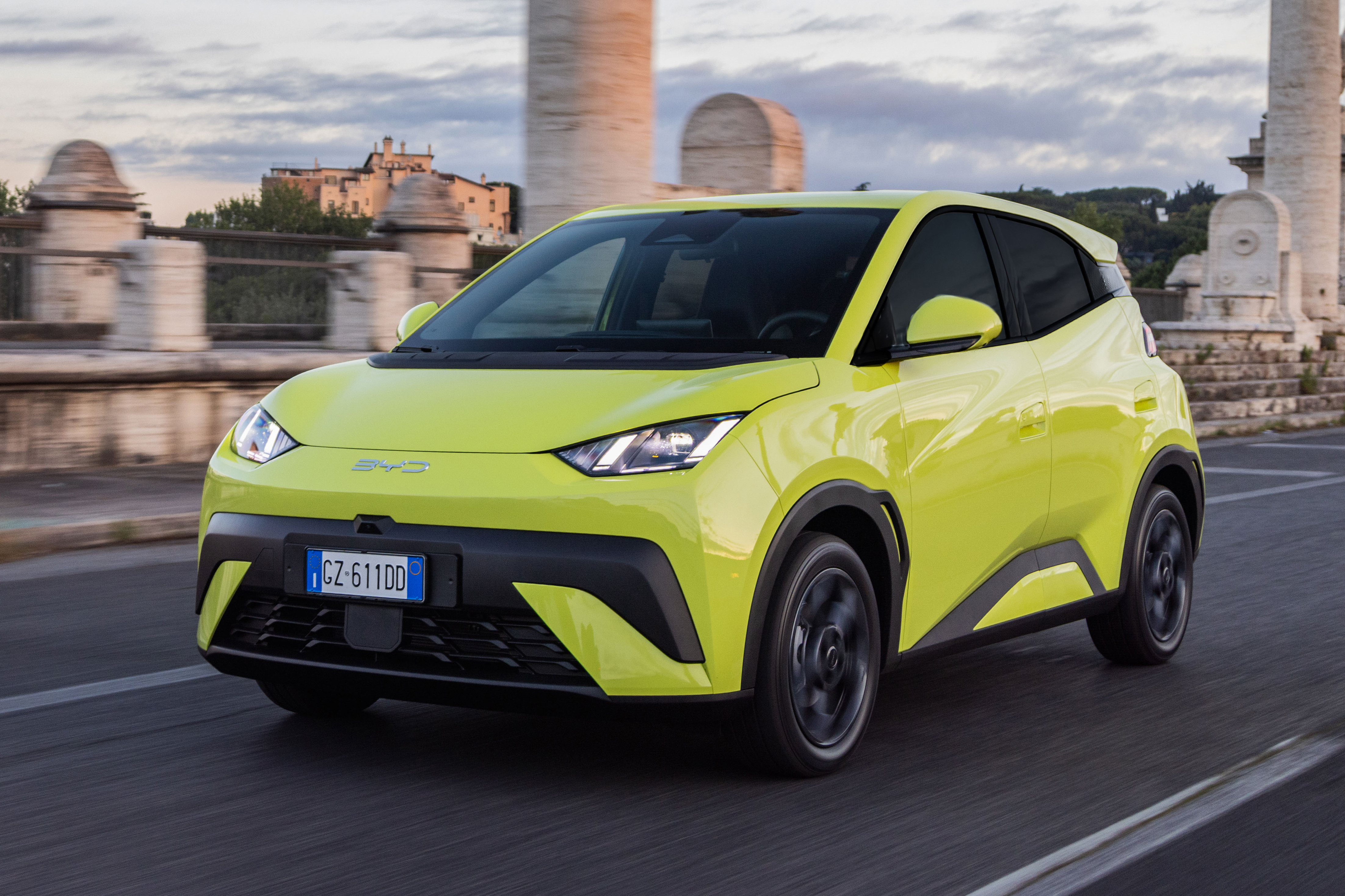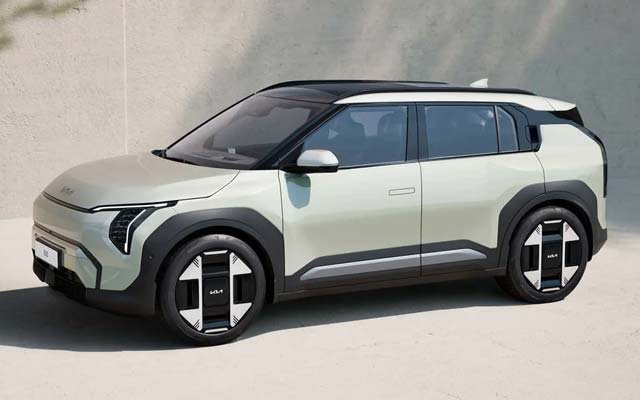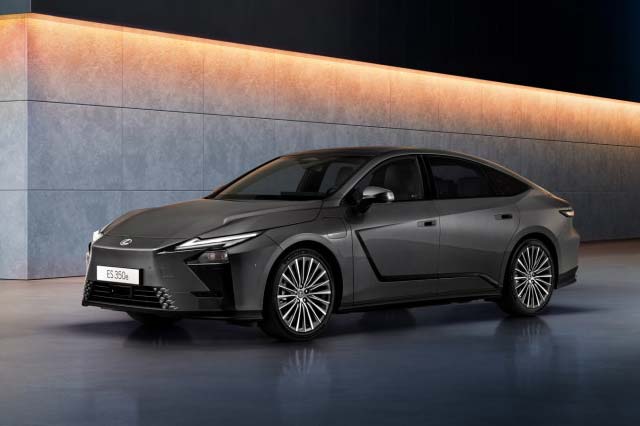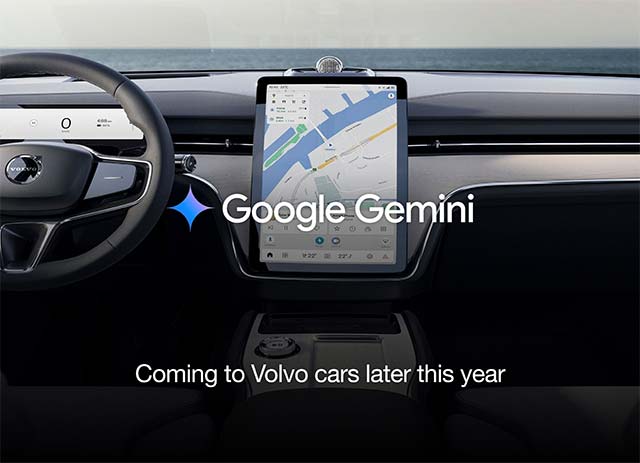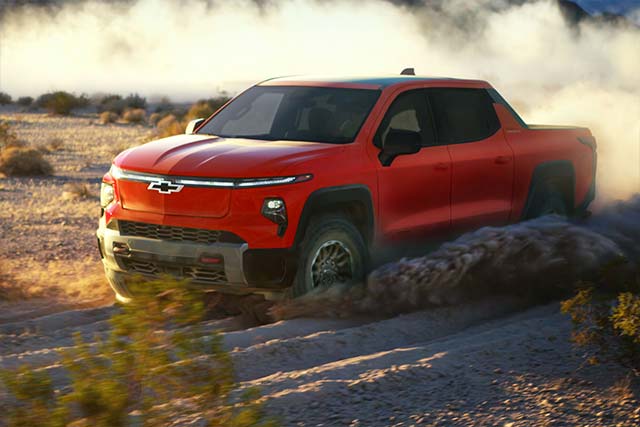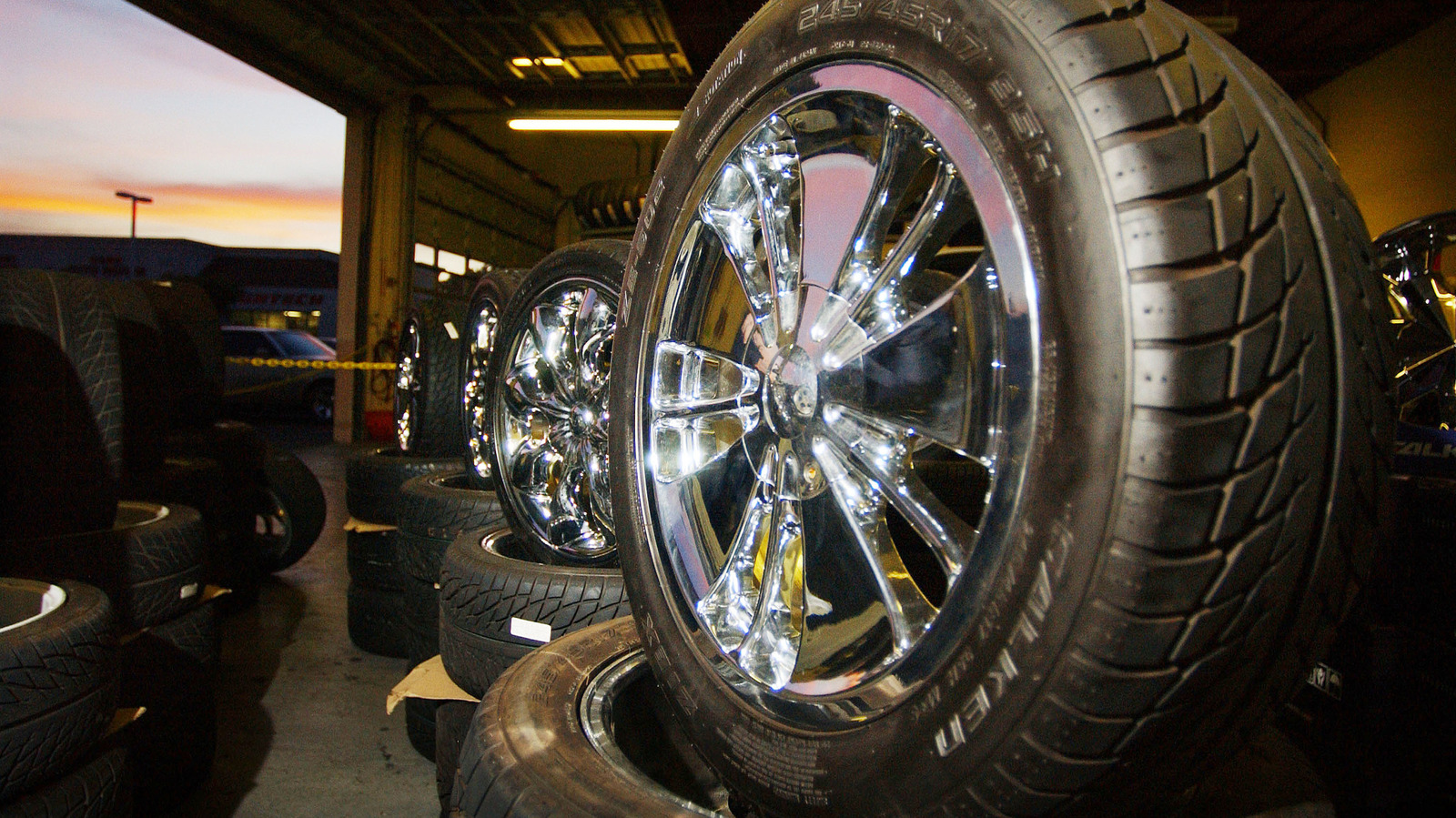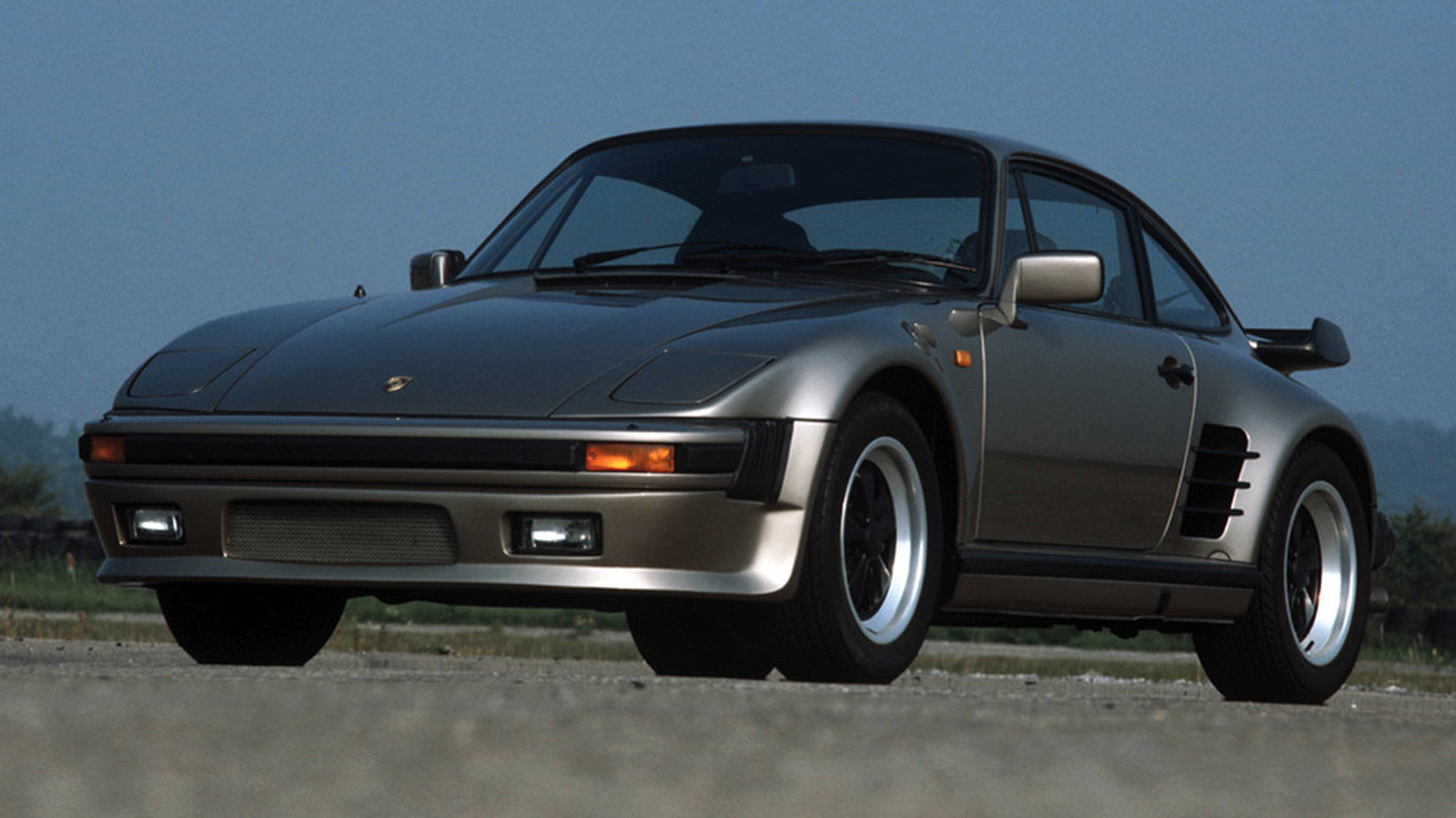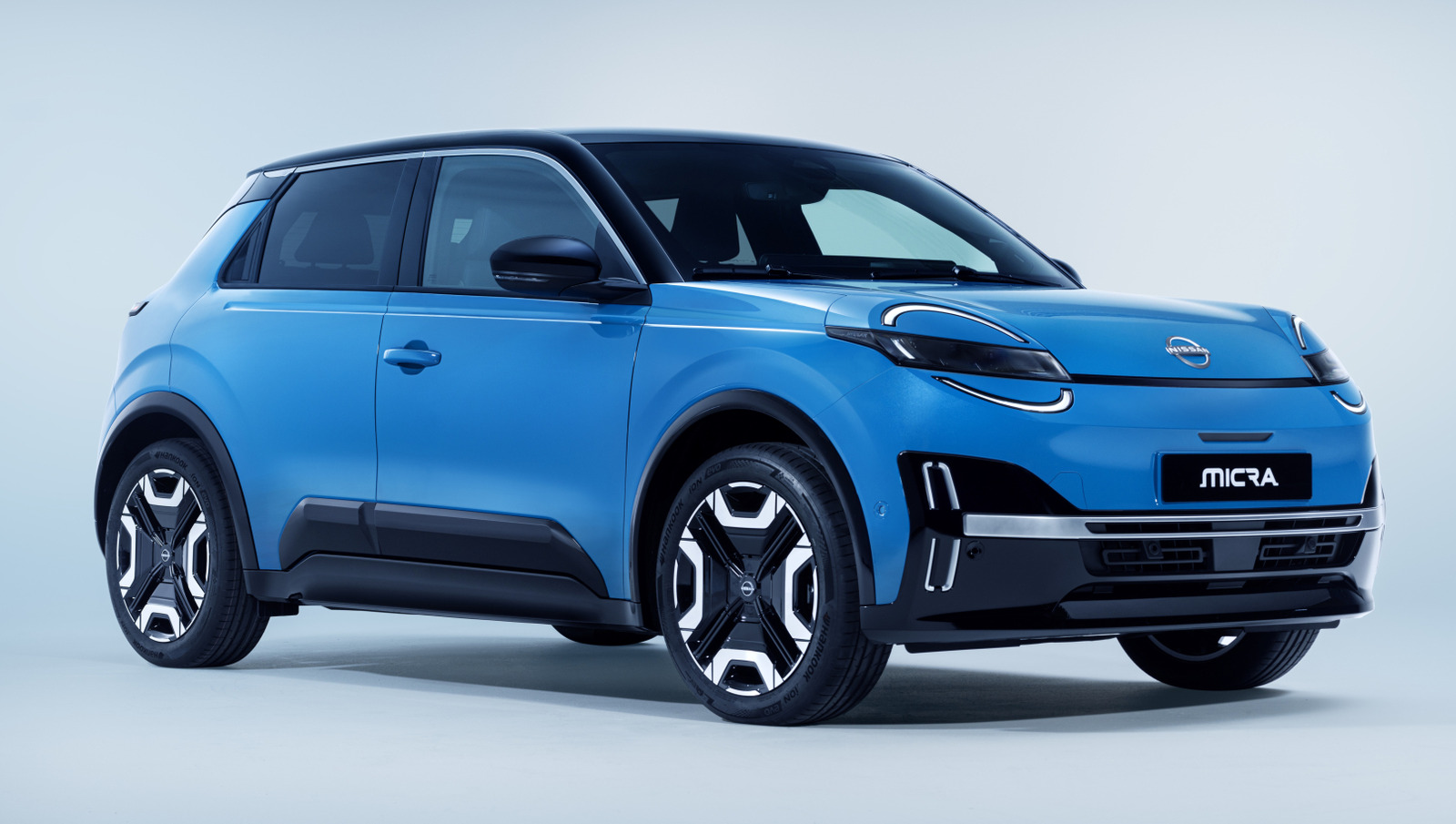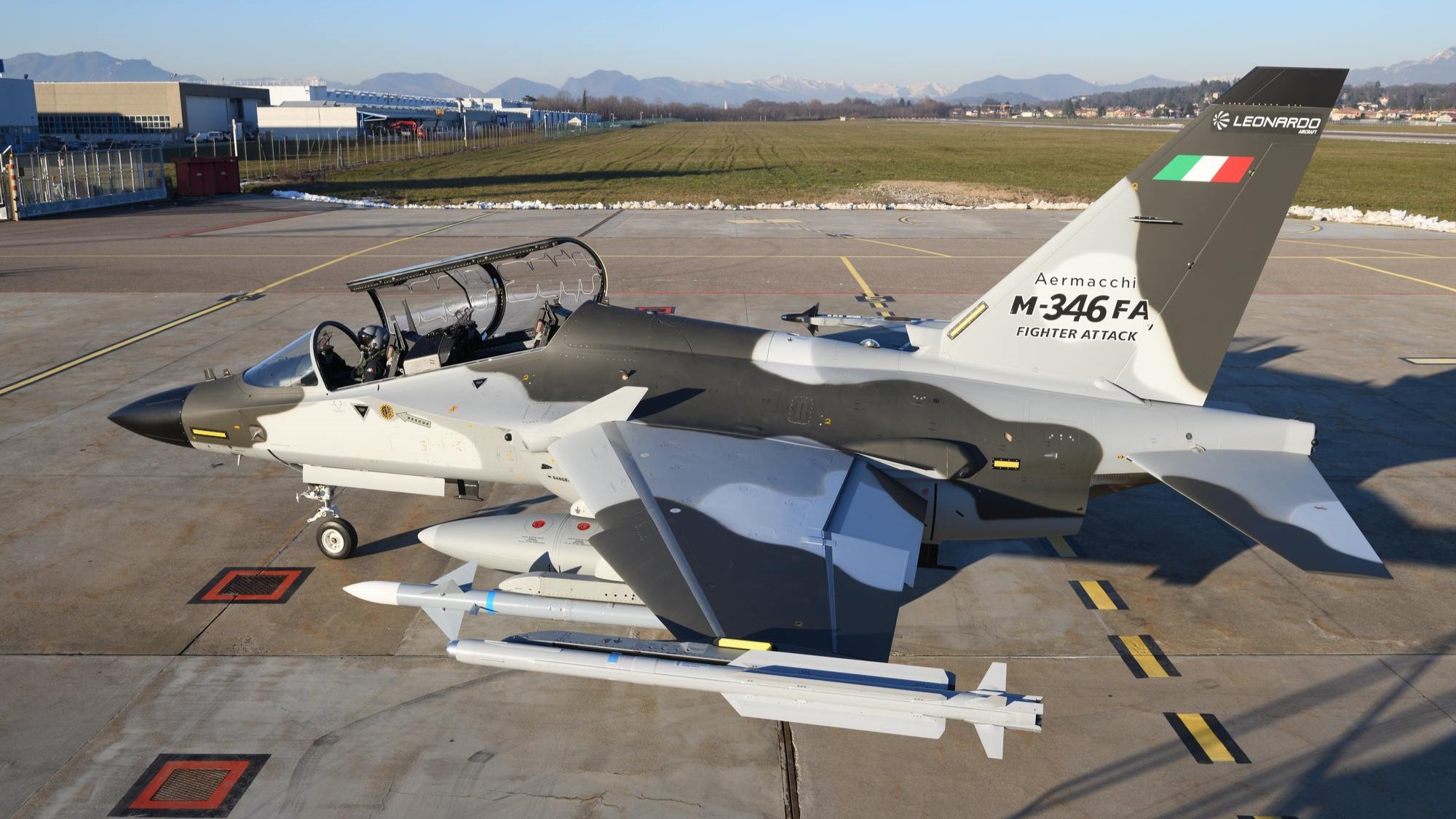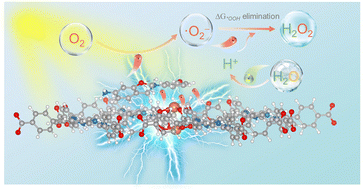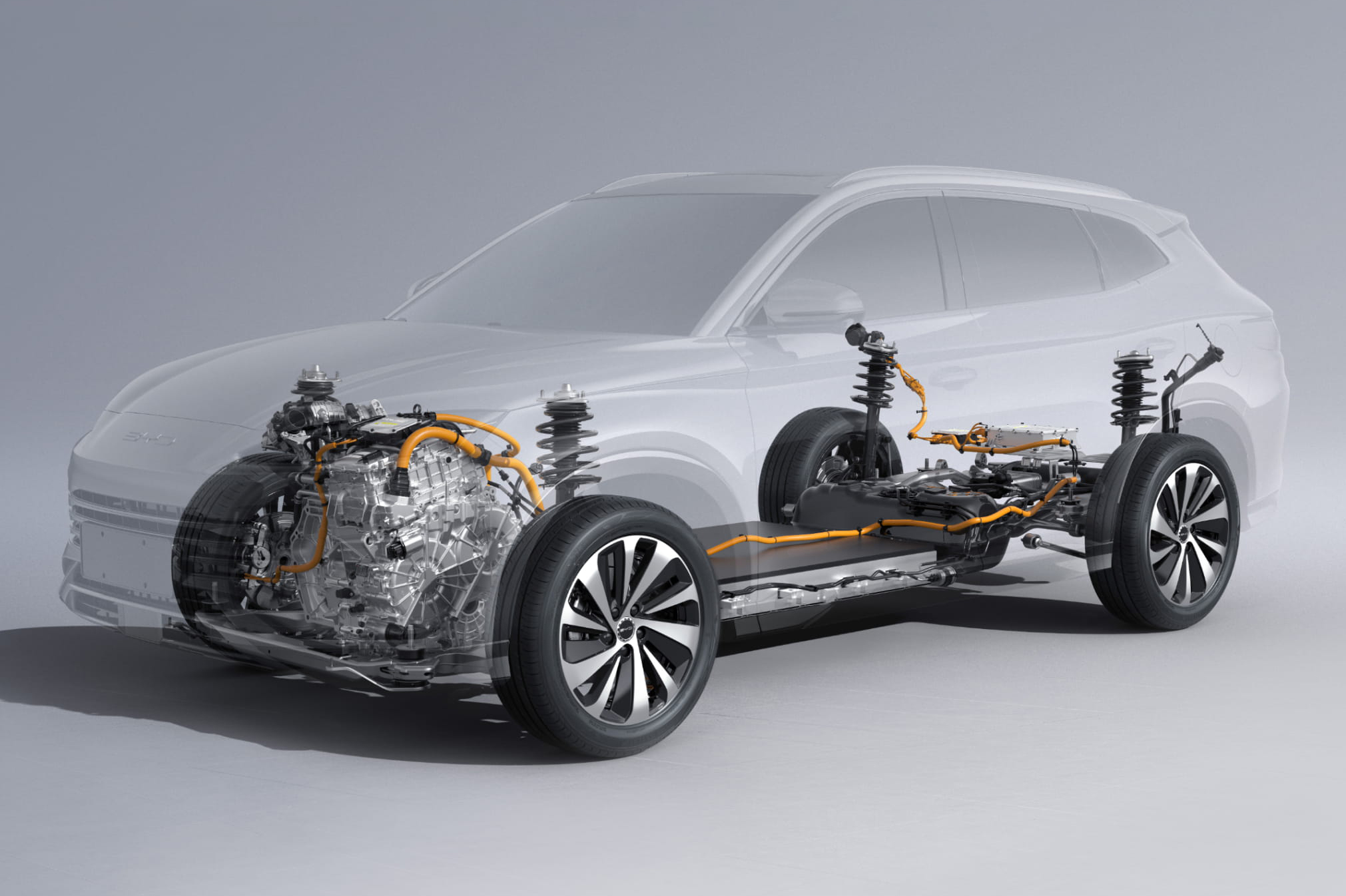Cupra Tavascan long-term review
2000 miles in Cupra's sporty VW ID 5 rival has left us yearning for a simpler life A friend recently got in touch because his wife was looking for a new car. She is currently running a Volkswagen ID 4, the Ronseal of electric cars – by which I mean an EV that works well as an EV but without being showy. She loves the thing, my friend told me, but it was time for an upgrade and she wanted something a bit different this time round. . That’s quite a question, because the list of potential candidates for anyone seeking an electric SUV is long and growing. Three years ago, the clear class leader was the Tesla Model Y, with its then unmatched range, access to an exclusive and extensive charging network and, all things considered, a rather affordable price. Today, the competition is much closer, including the ID 4 and fellow VW Group models such as the Skoda Enyaq and Audi Q4 E-tron. Then there are the likes of the Hyundai Ioniq 5, Kia EV6, Renault Scenic, Peugeot e-3008 and more. But for someone who loved so many things about her ID 4 but was a bit bored of how it looked, one car stood out in my mind: the Cupra Tavascan. “I’ve just taken ‘ownership’ of one,” I told my friend. “Have you heard of it?” He hadn’t, which presumably means he hadn’t seen the Tavascan adverts with the upside-down SUV and lots of fashionable young people. Or he’d seen it and it hadn’t registered. So he didn’t know that this is Cupra’s largest model to date, an electric SUV positioned as the sporty alternative to the Volkswagen ID 5 (which my friend had heard of ) – like the Cupra Born to the Volkswagen ID 3 – with a sprinkling of Spanish flair. And this is the main reason we’re running one: to find out if the Tavascan is indeed a sporty SUV, and if so, could this be a sensible choice for the keener driver in need of a roomy, electric family car? We’ve got the perfect spec to answer that question, with our VZ1 model deploying 335bhp to all four wheels. There’s even a big copper button inside that activates Cupra mode, priming the car for 5.5sec 0 - 62mph pace. Which sounds great, until you realise you’re in a 2.3-tonne EV and your efficiency has dropped to 1.5mpkWh. So it will be interesting to see how often I use it. At its heart, though, this is a funky family hauler. It is practical (tons of storage, lots of rear leg room, 540-litre boot) and comfortable, all while being clad in an interesting-looking bodyshell. That last part draws me to the Tavascan and is, I think, one reason why I’ve already seen quite a few on the road, even though it was only launched at the end of last year. It has scoops, vents and curves everywhere. Some might see that as fussy, but I like fussy. I’m also a big fan of our car’s Tavascan Blue paintwork (a £995 option), copper accents and 21in alloy wheels. Inside, it’s a similar story. Whereas the ID 4 and ID 5 have rather muted interiors, Cupra has given the Tavascan cabin a funky spine. I love it and I find myself holding onto it when cruising. What ’s more, it’s finished in a pleasingly tactile, textured coating that, most importantly, doesn’t feel cheap. The rest of the dashboard is made up of shapes and waves in a copper colour that I can only really define as contemporary. Really, they belong in an automotive art exhibition of some kind. What’s more, a sense of drama descends when the sun goes down thanks to extensive cabin lighting, which is fully customisable. In a word, the cabin feels special and makes you feel special – a rarity in today ’s world of function over form (Tesla, Audi et al). You can almost sense the fun the designers had. The cabin’s other standout feature is the huge – and I mean huge – touchscreen. It ’s 15in, clear, colourful and reasonably slick to operate. The in-built mapping is also pretty good but, as always, wireless phone mirroring (in my case, Android Auto) is better still.There are a few niggles so far, though. As with other MEB-based models, all of the car’s controls are operated via the touchscreen. While there are permanent quick settings for temperature, window clearing and heated seats (the last two are optional extras), activating the heated steering wheel, for example, requires another menu to be accessed. Disabling any of the vehicle settings, such as the often inaccurate speed limit assist, necessitates four touches of the screen, which is three too many. A trio of quick-access favourites can be pinned to the top of the screen, which makes life easier. More can be added via a dropdown, but so far I’ve found this to be quite temperamental. The speed sign monitoring option disappears on every restart, for example. Elsewhere, the steering wheel’s haptic controls are proving to be a bit annoying. I constantly knock them by accident and they’re not the most responsive when purposely called on. And don’t get me started on the window switches, which require the extra step of touching a toggle if you wish to lower the rear glass. Starting my tenure in winter has also
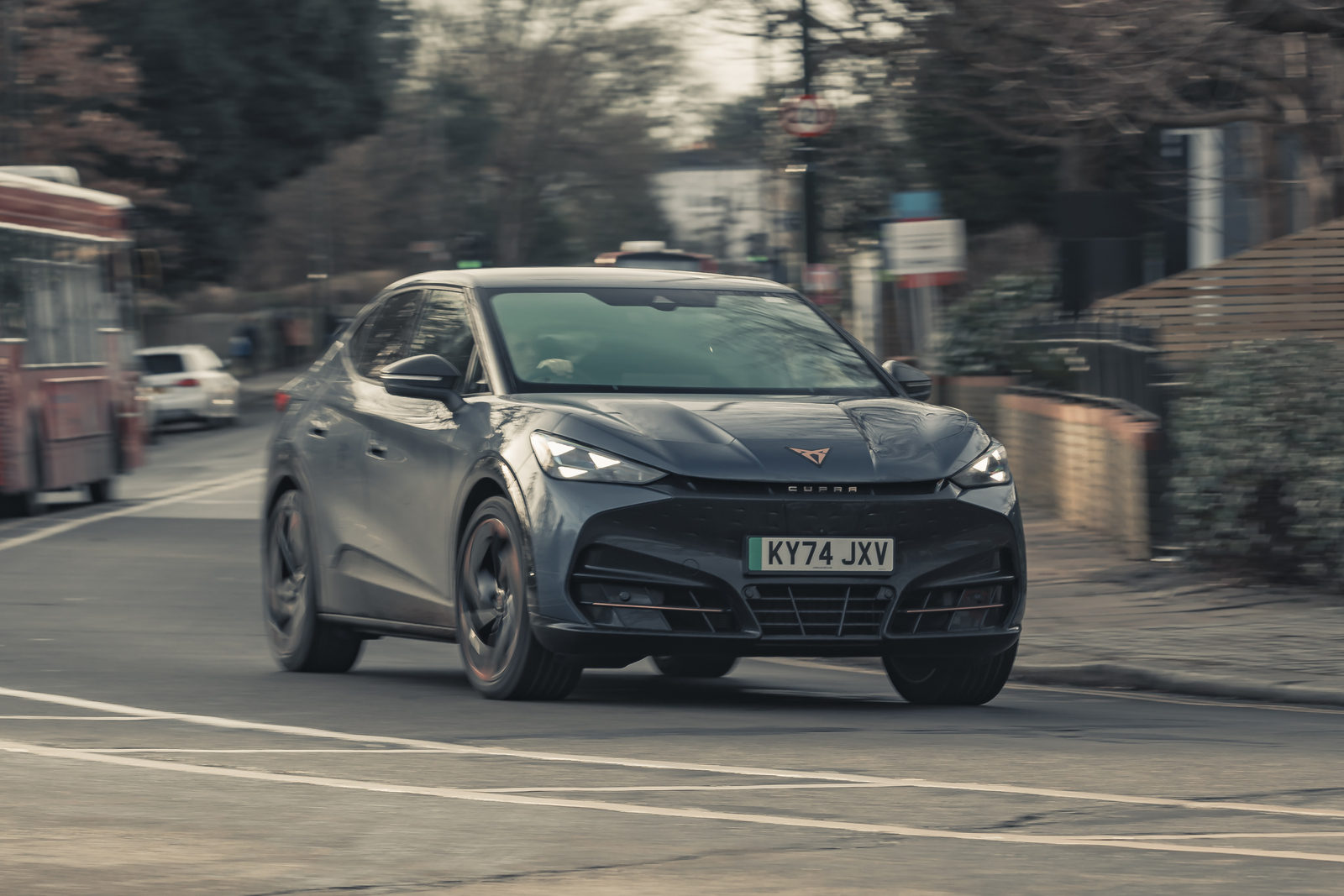
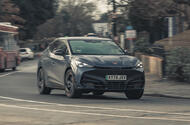 2000 miles in Cupra's sporty VW ID 5 rival has left us yearning for a simpler life
2000 miles in Cupra's sporty VW ID 5 rival has left us yearning for a simpler life
A friend recently got in touch because his wife was looking for a new car.
She is currently running a Volkswagen ID 4, the Ronseal of electric cars – by which I mean an EV that works well as an EV but without being showy.
She loves the thing, my friend told me, but it was time for an upgrade and she wanted something a bit different this time round. .
That’s quite a question, because the list of potential candidates for anyone seeking an electric SUV is long and growing. Three years ago, the clear class leader was the Tesla Model Y, with its then unmatched range, access to an exclusive and extensive charging network and, all things considered, a rather affordable price.
Today, the competition is much closer, including the ID 4 and fellow VW Group models such as the Skoda Enyaq and Audi Q4 E-tron. Then there are the likes of the Hyundai Ioniq 5, Kia EV6, Renault Scenic, Peugeot e-3008 and more.
But for someone who loved so many things about her ID 4 but was a bit bored of how it looked, one car stood out in my mind: the Cupra Tavascan. “I’ve just taken ‘ownership’ of one,” I told my friend. “Have you heard of it?”
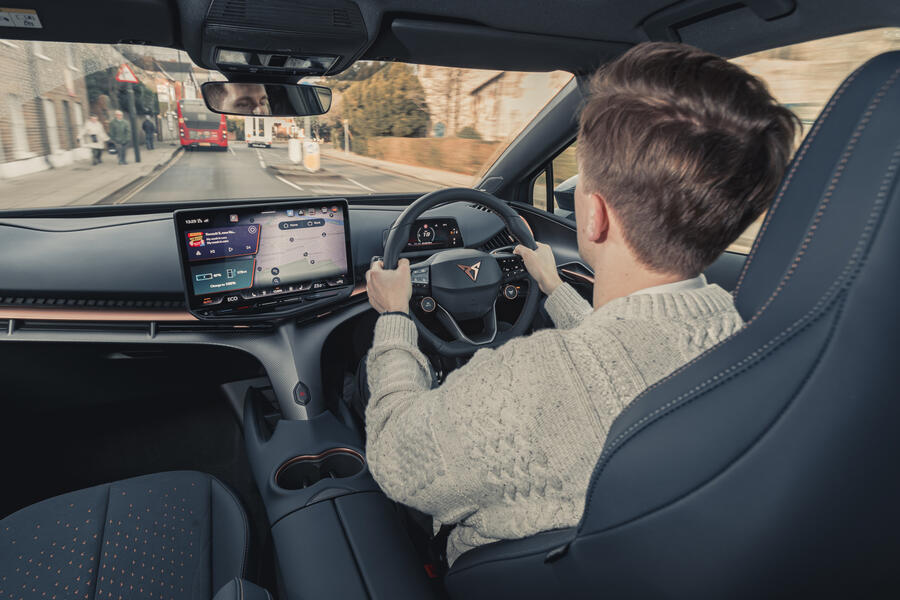
He hadn’t, which presumably means he hadn’t seen the Tavascan adverts with the upside-down SUV and lots of fashionable young people. Or he’d seen it and it hadn’t registered.
So he didn’t know that this is Cupra’s largest model to date, an electric SUV positioned as the sporty alternative to the Volkswagen ID 5 (which my friend had heard of ) – like the Cupra Born to the Volkswagen ID 3 – with a sprinkling of Spanish flair.
And this is the main reason we’re running one: to find out if the Tavascan is indeed a sporty SUV, and if so, could this be a sensible choice for the keener driver in need of a roomy, electric family car?
We’ve got the perfect spec to answer that question, with our VZ1 model deploying 335bhp to all four wheels. There’s even a big copper button inside that activates Cupra mode, priming the car for 5.5sec 0 - 62mph pace.
Which sounds great, until you realise you’re in a 2.3-tonne EV and your efficiency has dropped to 1.5mpkWh. So it will be interesting to see how often I use it.
At its heart, though, this is a funky family hauler. It is practical (tons of storage, lots of rear leg room, 540-litre boot) and comfortable, all while being clad in an interesting-looking bodyshell.
That last part draws me to the Tavascan and is, I think, one reason why I’ve already seen quite a few on the road, even though it was only launched at the end of last year. It has scoops, vents and curves everywhere.
Some might see that as fussy, but I like fussy. I’m also a big fan of our car’s Tavascan Blue paintwork (a £995 option), copper accents and 21in alloy wheels.
Inside, it’s a similar story. Whereas the ID 4 and ID 5 have rather muted interiors, Cupra has given the Tavascan cabin a funky spine.
I love it and I find myself holding onto it when cruising. What ’s more, it’s finished in a pleasingly tactile, textured coating that, most importantly, doesn’t feel cheap. The rest of the dashboard is made up of shapes and waves in a copper colour that I can only really define as contemporary. Really, they belong in an automotive art exhibition of some kind.
What’s more, a sense of drama descends when the sun goes down thanks to extensive cabin lighting, which is fully customisable. In a word, the cabin feels special and makes you feel special – a rarity in today ’s world of function over form (Tesla, Audi et al). You can almost sense the fun the designers had.
The cabin’s other standout feature is the huge – and I mean huge – touchscreen. It ’s 15in, clear, colourful and reasonably slick to operate. The in-built mapping is also pretty good but, as always, wireless phone mirroring (in my case, Android Auto) is better still.There are a few niggles so far, though. As with other MEB-based models, all of the car’s controls are operated via the touchscreen.
While there are permanent quick settings for temperature, window clearing and heated seats (the last two are optional extras), activating the heated steering wheel, for example, requires another menu to be accessed. Disabling any of the vehicle settings, such as the often inaccurate speed limit assist, necessitates four touches of the screen, which is three too many.
A trio of quick-access favourites can be pinned to the top of the screen, which makes life easier. More can be added via a dropdown, but so far I’ve found this to be quite temperamental. The speed sign monitoring option disappears on every restart, for example.
Elsewhere, the steering wheel’s haptic controls are proving to be a bit annoying. I constantly knock them by accident and they’re not the most responsive when purposely called on. And don’t get me started on the window switches, which require the extra step of touching a toggle if you wish to lower the rear glass.
Starting my tenure in winter has also allowed me to see the Tavascan, in terms of efficiency, at its worst. By that, I mean how its 77kWh battery copes with the cold and how many miles we can eke out of it, given that an EV’s efficiency typically takes a hit once the temperature dips below 10deg C.
As expected, it is currently not amazing, but neither is it bad. Having driven mostly motorway miles so far, I am averaging around 2.7mpkWh in the default Comfort driving mode.
That equates to 207 miles of range from a car that is claimed to offer 320 miles, even with the optional heat pump installed. (This should never be an optional extra in an EV.) Let ’s see what the spring weather brings.
For now, I’ve opted for climate control-limiting Range mode (one of five drive settings), which has boosted efficiency to 3.3mpkWh. Heated seats and steering wheel (both options) make up for the lack of warm air.
Something else I’m slowly getting used to is the braking. The gap between 50% and 100% feels like a hair’s width, which makes judging distances difficult.
Such is the problem that a man on Rollerblades stopped me once to tell me about it. That ’s a story for a later date.
I’m excited about my time ahead with the Tavascan, especially the chance to do proper long stints in it. I’ve got lots planned and many miles to cover. Stay tuned.
Update 2
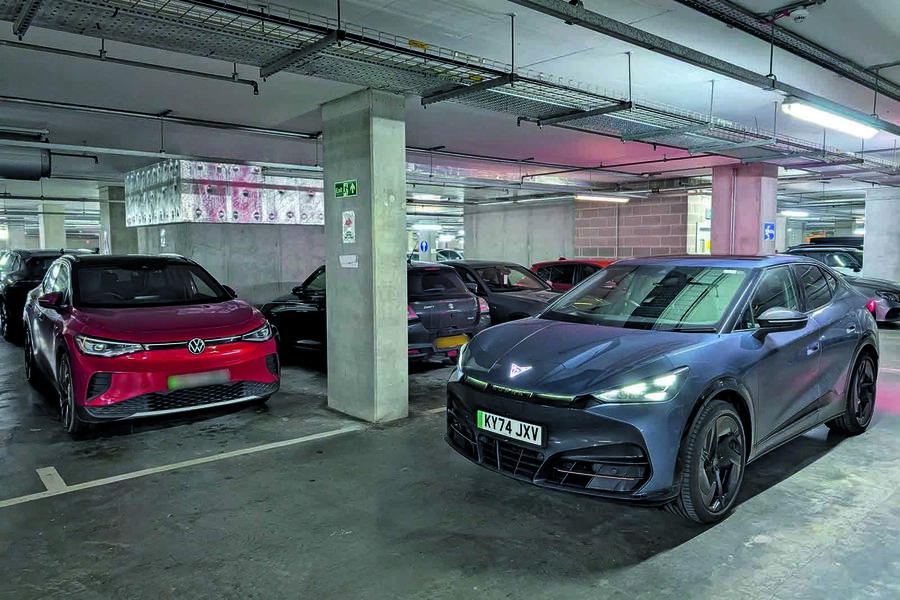
I’m leaving a multi-storey car park in Twickenham. It’s a classic, mid-20th century type, with a tight descent.
I’ve used it hundreds of times in many different cars without issue. As I descend the second-floor ramp, the Tavascan thinks the approaching first floor is an oncoming vehicle so it slams on the emergency brakes. A scary moment. But they release quickly and I put it down to bad luck.
A few days later, it happens again, turning down another ramp. This time the sensors think I’m about to be shunted from the side but it is, in fact, a low concrete lip that is in no danger of touching the car.
Apparently, the Tavascan’s safety systems are highly sensitive – far more so than its Volkswagen ID 4 and ID 5 cousins, which I’ve driven in this car park without issue. So an extra-cautious approach is needed.
It’s now a few weeks later and I’m taking the turns wider than usual to steer clear of those concrete lips and almost crawling down the ramps to avoid a repeat of the first incident.
I’m mid-turn down the penultimate ramp. SLAM! The emergency brakes go on… but this time they don’t go off. The wheels are still pointing straight (so across the slope) and the car is now slipping down the ramp. The steering wheel is locked and vibrating violently and the brakes are not releasing. I try to pump the brakes. Nothing. I try to turn the wheel. Nothing. I press the accelerator, hoping this will release the brakes. Nothing. Now I’m panicking slightly.
Then, after trying all those again, the brakes finally release. I drive down the next ramp with caution. I now have no confidence in the car’s safety system and drive tentatively.
I’ve since spoken to Cupra, who say they will investigate the issue and send engineers to inspect the car.
Since those incidents, I’ve not experienced much else, thankfully. But they’ve sadly changed my view of the Tavascan, just as it was beginning to become quite a good everyday companion.
Update 3
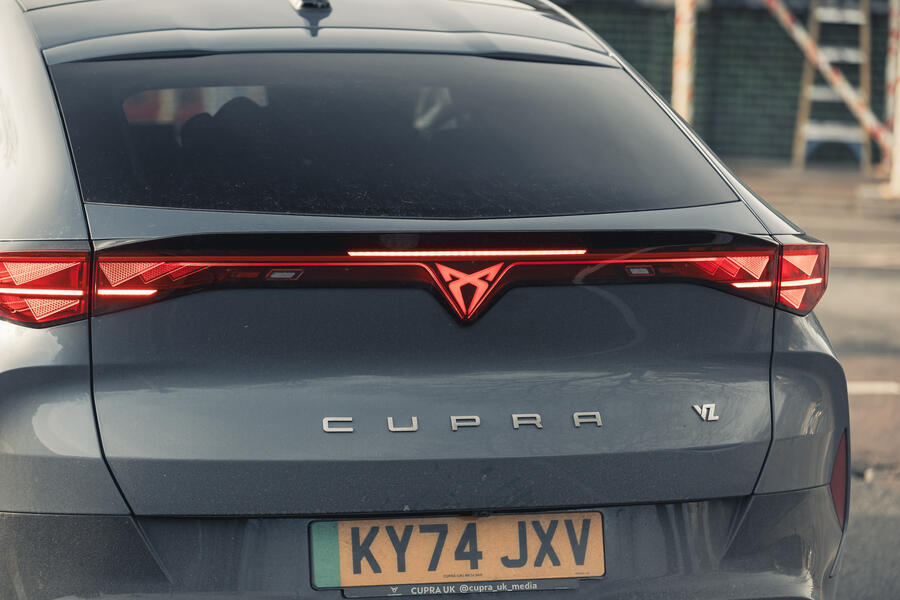
It’s late on a wet Tuesday evening and I’ve just driven to my local EV charging hub, an old 20kW unit, for some pre-commute juice. I’ve completed the ritual of topping up my account (it baffles me that all chargers aren’t mandated to be plug-and-pay) and I jump out of the Tavascan into the rain.
“The brakes on that really aren’t very good are they?” says a voice, which as I turn I find belongs to a man on rollerskates staring intently at me. Quite the fever dream.
“I’ve just bought one,” he continues before I have a chance to respond, “and I really don’t think I’m ever going to get used to the brakes.”
I have to agree with him. First because of the car park incident where the car ’s sensors and emergency brakes had a public falling out, and second because the system is just a bit naff. In a nutshell, the transition from regenerative braking to disc braking is jarring, the pedal feel going from dull to sharp rather suddenly when you’re stopping.
This is a problem that all of the Volkswagen Group’s MEB-based EVs suffer from, but to me it feels more prominent here than in the VW ID 4 and ID 5, which is odd.
Thankfully, the Tavascan has a mitigating ace up its sleeve that its siblings don’t: paddles behind the steering wheel that regulate the regen strength.
They’re really useful when you’re approaching a junction, and their strongest setting will even bring the car to a smooth stop. I really love this feature and use it continually.
This hasn’t stopped me from playing about with the other drive settings, though, in an attempt to find a better no-paddle solution.
While the Eco and Comfort drive modes offer comparable levels of regen, Cupra mode introduces a sort of faux one-pedal driving function, though it’s too extreme for my tastes. What ’s more, the immediate rate at which it deploys this dual-motor Tavascan’s full 281bhp is just ludicrous for a large family SUV.
Update 4
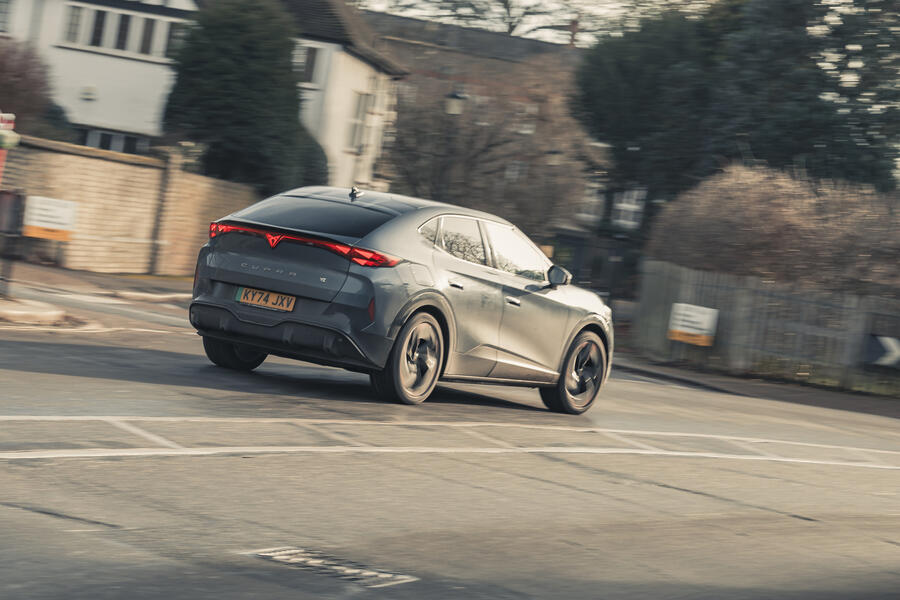 We speak in the office a lot about today’s car design. How everything looks the same and the sad truth that, in the age of EVs, wind tunnels have become dictators. The issue is heightened further by most cars being based on one of half a dozen platforms, making it harder for designers to be truly creative.
We speak in the office a lot about today’s car design. How everything looks the same and the sad truth that, in the age of EVs, wind tunnels have become dictators. The issue is heightened further by most cars being based on one of half a dozen platforms, making it harder for designers to be truly creative.
The same can be seen with interiors. Take cars based on the Volkswagen Group’s MEB EV platform: the Volkswagen ID cars, for example, a l l have a similar layout inside, and while the Skoda Enyaq and Ford Capri both try valiantly to buck the trend, their roots are obvious to see. That ’s why the Cupra Tavascan is so refreshing: while on the outside it ’s clearly one of that same gang, its interior is like nothing else. It ’s the car’s most appealing attribute.
While others have taken a minimalistic approach with a purely logical layout (ver y German, ver y Volkswagen), Cupra’s Spanish design team clearly wanted to add a bit of flair, almost as if to defy their parents.
That central ‘spine’ is the best part. It looks great (and there’s a similar treatment on the SUV’s bonnet), it creates a cockpit-like, cocooned environment for the driver and it provides a nice disconnect from your phone charging behind.
Next, the silver, bronze and navy blue colours in here make the Tavascan feel much more premium than its price tag suggests. Material quality, especially that covering the seats, the armrest and the doors, add to this premium aesthetic.
Then, at night, the ambient lighting comes in (I’ve got mine set to a deep red), highlighting the curves in the dashboard. It feels a bit like a fancy garden display, and I mean that in the best way possible.
One issue that I’ve mentioned before, however: it must never have been tested in the dark, because the lighting slightly obscures the mirrors. That aside – oh, and the small cupholders and the shallow door bins – I really like this interior.
I’ve given many friends many lifts in this Tavascan, and while the exterior has proven divisive, the interior charms the majority.
Goodbye
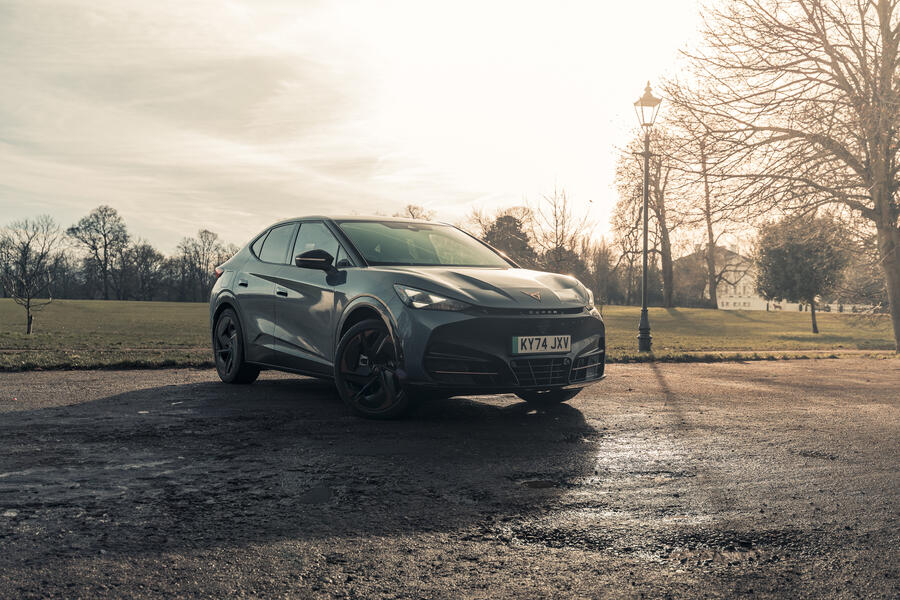
When I was handed the keys to Cupra’s funky-looking new electric SUV at the start of the year, I was excited, especially given how much I had loved the smaller Born electric hatchback.
While that car was essentially a reworked and sportier version of a Volkswagen ID 3, the Tavascan was billed as Cupra’s take on the ID 5. I was intrigued to learn more.
So, in my first report, I asked whether this 2.3-tonne EV, with 335bhp and a 0-62mph time of 5.5sec, really could be considered a sporty proposition or was just another dynamically challenged family hauler in go-faster clothes.
Well, reader, the results are in. And the answer is… at best mixed. Let’s start with the positives. I never grew tired of the car’s design.
While it is based on the same MEB platform as its Volkswagen Group cousins, the Tavascan seems to break (or at least crack) the mould in a world where it’s becoming more difficult to differentiate between EVs (thank you, aerodynamics and platform and powertrain sharing).
And while you can see the similarities to its family members, the sporty, angular front end kept me far more interested throughout our time together than an ID 5 did over a weekend. It genuinely did give the car its own identity.
But it was the interior that really stood out. Compared with the minimalist, utilitarian approach of Volkswagen and Skoda, Cupra opted to inject more air. The floating central ‘spine’ was the centrepiece: while playing a role in dividing the cabin, it also gave the interior a much more premium feel – helped by plentiful ambient lighting.
It was just such a lovely and welcoming place to be, and made my long, dark winter commutes home much more eventful. Contributing to that, this time for the wrong reasons, were the steering wheel’s touch-sensitive buttons.
Like in the Tavascan’s Volkswagen relations, the buttons can easily be activated by accident, each time adding to the frustration. Because I couldn’t feel them, either, I found myself needing to take my eyes off the road more than I would have liked to locate the right one.
Back to the positives. On the practical side, the Tavascan was a good companion. With 540 litres of boot space, decent rear leg room and storage compartments galore, it made weekend trips away with my mates a breeze – even when it was packed full of golf and hockey kit.
So it’s a practical and comfortable family hauler, then. But back to my original question: was it sporty? No, not even a little bit.
While the Tavascan handles well for an SUV closing in on 2.3 tonnes and offers good levels of ride comfort, it isn’t something to chuck around a series of snaking B-roads on a Sunday morning.
The car just isn’t set up to be a point-and-go machine like the Born: the steering isn’t direct, the weight isn’t particularly well balanced and the chassis doesn’t allow any form of playfulness.
Power delivery isn’t a strong suit either. Activating the Cupra drive mode (via a big copper button on the wheel) primes the full 335bhp. Sounds great – until you touch the accelerator pedal, when the speed at which all that power is deployed is complete overkill for a car like this.
What’s more, efficiency accordingly drops to 1.5mpkWh, amounting to a range of around 115 miles. As such, I kept the Tavascan in Normal mode 99% of the time.
Thus set, the car’s efficiency and range were fine, if rather less than promised. It achieved an average of 2.9mpkWh – mostly on motorways – for a real-world range of 223 miles.
Thankfully, the battery could be rapid-charged at up to 135kW, so my frequent service station top-ups – note the relatively high ‘cost per mile’ (right) – weren’t drawn out.
My favourite aspect of the driving experience was actually the regenerative braking. The paddles for adjusting its strength were an excellent touch that I used as much as the pedal itself.
In the strongest setting, the regen will even bring you to a halt, masking the brakes’ snappy nature and inconsistent transition between motor and friction braking. Also noteworthy were a few instances when the advanced driver aids left me feeling a bit shaken.
The sensors misinterpreted ramps and kerbs in a multi-storey car park as hazards and thus activated the emergency braking system. On one occasion, it activated mid-descent with the wheels already half turned, so the car started to slide down the ramp – which was alarming. Cupra said they would look into the issue.
So, if it’s not a genuinely sporty family EV, what exactly is the Tavascan? Really, it’s a sensible family car with some fire in its belly – and, when regarded as such, it’s a pretty good one: it is comfortable, spacious, full of kit and with enough about it to keep it interesting as an everyday companion. It feels like it was designed by people who care about aesthetics, tactility and fun, even if that doesn’t really translate to how it drives.
But for those who are uninspired by conservatively designed modern EVs, it offers something a little more interesting.















